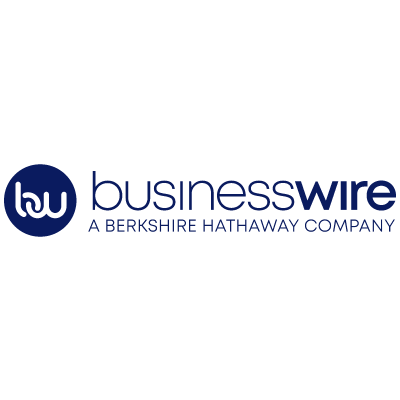

data management security
Backblaze Unveils Secure Enterprise Console with RBAC and MFA
Backblaze Unveils Secure Enterprise Console with RBAC and MFA
 Business Wire
Business Wire
Published on : May 28, 2025
Backblaze, Inc. has announced a private preview of its new enterprise web console, offering enhanced management and security capabilities for organizations using its B2 Cloud Storage platform. Designed to meet the evolving demands of enterprise IT teams and managed service providers (MSPs), the new console includes role-based access controls (RBAC), mandatory multi-factor authentication (MFA), and multi-region bucket support.
This latest move by Backblaze represents a significant step in positioning itself as a modern, enterprise-ready alternative to traditional cloud providers like AWS, Azure, and Google Cloud—especially for businesses seeking cost-effective yet secure solutions for large-scale data storage.
A Modern Console Built for Enterprise Needs
Backblaze’s new web console is engineered to provide streamlined, centralized control of B2 Cloud Storage across entire organizations. It gives IT administrators the flexibility to manage deployments while also allowing individual departments or business units to directly access and control their own B2 Buckets.
Features include:
-
Role-Based Access Controls (RBAC): Grant users varying levels of access aligned with zero trust security best practices. Prevent unnecessary access and enforce data governance policies at scale.
-
Mandatory Multi-Factor Authentication (MFA): Strengthen account security by requiring identity verification for all users—especially critical in preventing breaches or unauthorized access.
-
Single Sign-On (SSO) and SCIM Integrations: Simplify user management and provisioning, ensuring seamless onboarding and offboarding of employees.
“The enterprise web console provides enterprises with the secure and streamlined central management dashboard they need to provision and manage their Backblaze B2 Cloud Storage at scale,” said David Ngo, Chief Product Officer.
Multi-Region Bucket Creation for Performance and Compliance
Another standout feature is the ability to create storage buckets in any Backblaze region, giving enterprises significant flexibility to tailor data strategies to their specific needs. This capability supports:
-
Disaster Recovery: By storing redundant copies across geographic regions, organizations can recover quickly in case of system failures or regional outages.
-
Global Application Performance: Locating data closer to end users reduces latency and enhances performance for distributed applications.
-
Compliance and Data Residency: Organizations can meet jurisdiction-specific data localization laws by ensuring data remains in compliant geographies.
This kind of regional flexibility is typically seen in Tier 1 cloud providers, making it a notable enhancement for Backblaze customers.
A Unified Experience with Future Expansion in Mind
The console's intuitive UI is designed for both seasoned IT teams and non-technical departments, ensuring quick onboarding and effortless day-to-day management. Combined with access to advanced features like B2 Overdrive, Backblaze’s new high-performance storage tier, the console reflects the company’s commitment to continued innovation.
“It allows simple, clean access to many enterprise-level features and innovations with room to expand and improve as we get feedback from the private preview process,” added Ngo.
Invitation to Private Preview
The enterprise web console will be available first through a private preview program, launching in the coming weeks. Backblaze customers with committed contracts are encouraged to reach out to their Customer Success Manager to express interest in participating.
General availability of the console is planned later this year, as Backblaze refines features based on early user feedback.
The Enterprise Advantage: Why This Matters Now
With cyber threats increasing and cloud environments becoming more complex, enterprises require storage solutions that are:
-
Secure by design
-
Scalable across departments and teams
-
Cost-effective for growing data needs
-
Compliant with international data regulations
Backblaze’s new enterprise console addresses these priorities head-on, giving IT leaders a platform that can grow with the organization while maintaining rigorous standards of security and usability.
A Major Milestone in Enterprise Cloud Storage
Backblaze’s introduction of an enterprise-grade console signals its readiness to meet the demands of modern IT environments. By combining enterprise functionality with user-centric design, the company is not only closing the gap with larger cloud competitors but also carving out a distinct niche for organizations seeking simplicity, security, and scalability.




